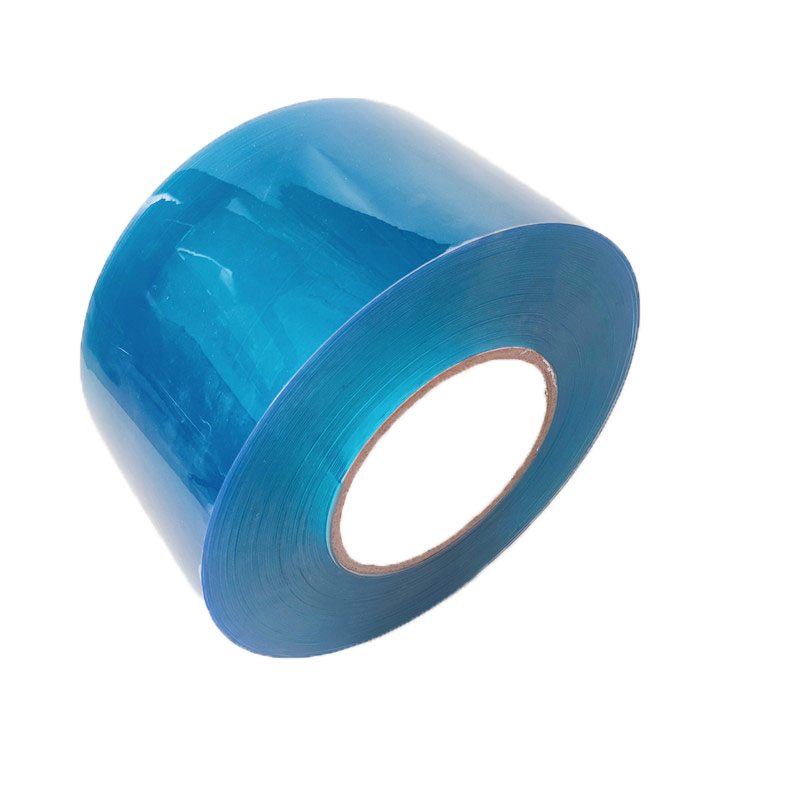- Afrikaans
- Albanian
- Amharic
- Arabic
- Armenian
- Azerbaijani
- Basque
- Belarusian
- Bengali
- Bosnian
- Bulgarian
- Catalan
- Cebuano
- Corsican
- Croatian
- Czech
- Danish
- Dutch
- English
- Esperanto
- Estonian
- Finnish
- French
- Frisian
- Galician
- Georgian
- German
- Greek
- Gujarati
- Haitian Creole
- hausa
- hawaiian
- Hebrew
- Hindi
- Miao
- Hungarian
- Icelandic
- igbo
- Indonesian
- irish
- Italian
- Japanese
- Javanese
- Kannada
- kazakh
- Khmer
- Rwandese
- Korean
- Kurdish
- Kyrgyz
- Lao
- Latin
- Latvian
- Lithuanian
- Luxembourgish
- Macedonian
- Malgashi
- Malay
- Malayalam
- Maltese
- Maori
- Marathi
- Mongolian
- Myanmar
- Nepali
- Norwegian
- Norwegian
- Occitan
- Pashto
- Persian
- Polish
- Portuguese
- Punjabi
- Romanian
- Russian
- Samoan
- Scottish Gaelic
- Serbian
- Sesotho
- Shona
- Sindhi
- Sinhala
- Slovak
- Slovenian
- Somali
- Spanish
- Sundanese
- Swahili
- Swedish
- Tagalog
- Tajik
- Tamil
- Tatar
- Telugu
- Thai
- Turkish
- Turkmen
- Ukrainian
- Urdu
- Uighur
- Uzbek
- Vietnamese
- Welsh
- Bantu
- Yiddish
- Yoruba
- Zulu
Exploring the Advantages and Design Trends of Contemporary Curtain Wall Systems
Understanding Curtain Walls A Modern Architectural Element
In the realm of contemporary architecture, curtain walls have emerged as one of the most significant design elements. A curtain wall is a non-structural cladding system for the exterior of buildings, consisting of lightweight materials such as glass, metal, or synthetic panels. Unlike traditional walls, which support the weight of the roof and floors above, a curtain wall hangs like a curtain from the building’s structural frame, allowing for greater flexibility and aesthetic variation in modern designs.
The Evolution of Curtain Walls
The concept of curtain walls has evolved considerably since its inception in the early 20th century. Initially popularized in the United States during the construction of the skyscraper, curtain walls enabled architects to create expansive glass facades that complemented the growing trend towards verticality in urban design. Early examples, such as the Lever House in New York City, showcased the potential for combining structural innovation with aesthetic appeal.
The technology behind curtain walls has advanced significantly over the years. Initially, materials like limestone and granite were commonly used. However, with advancements in engineering and materials science, glass became the preferred choice. The introduction of thermal insulation and electronic controls in curtain wall design has also enhanced energy efficiency and climatic adaptability, setting new standards for modern buildings.
Advantages of Curtain Walls
One of the most significant benefits of curtain walls is their ability to maximize natural light in a building. This feature not only reduces the reliance on artificial lighting but also contributes to the well-being of its occupants. Natural light has been linked to improved mood and productivity in workplace environments, making curtain walls particularly appealing for commercial buildings.
Furthermore, curtain walls allow for greater design flexibility
. Architects can experiment with various forms, colors, and finishes, facilitating a unique aesthetic that represents the vision of both the designer and client. This versatility has made curtain walls a favored choice for iconic structures worldwide, where visual impact is a priority.curtain wall

Curtain walls also improve building performance in terms of energy efficiency. Modern designs often incorporate double-glazing technologies and solar control features that minimize heat loss and gain. For instance, using low-emissivity (low-e) glass can significantly enhance a building's thermal insulation properties. Consequently, buildings with curtain walls can achieve impressive energy ratings, leading to lower operational costs and a reduced environmental footprint.
Challenges and Considerations
Despite their benefits, curtain walls are not without challenges. Installation requires precision and expertise, as improper fitting can lead to issues such as air leaks, water infiltration, and structural instability. Additionally, the connection points between the curtain wall and the building frame must be carefully designed to withstand the forces of wind and seismic activity, which necessitates collaboration between architects and structural engineers.
Maintenance is another consideration. While curtain walls can provide an appealing aesthetic, they require regular cleaning and maintenance to ensure longevity and performance. Accumulated dirt and debris on glass surfaces can obstruct light, negate energy efficiency, and impact the building's overall appearance.
Future Trends
Looking ahead, the future of curtain walls appears promising. Innovations in materials such as self-cleaning glass and photovoltaic panels integrated into the wall systems are on the rise. These advancements aim to enhance functionality while maintaining the aesthetic qualities of curtain walls.
In conclusion, curtain walls symbolize the intersection of innovation, sustainability, and design in modern architecture. As buildings continue to evolve, so too will the technologies and materials that shape our urban landscapes. By understanding the principles of curtain walls, architects can create functional, energy-efficient, and visually striking designs that meet the demands of our ever-changing environment.
-
Industrial Strip Curtains - Durable PVC & Plastic Solutions for Industrial DoorsNewsJun.24,2025
-
PVC Curtain Strip – Durable Standard PVC Strips for DoorsNewsJun.10,2025
-
PVC Strip Curtain – Durable & Transparent Plastic Strips for Industrial Use Affordable PricesNewsJun.10,2025
-
Clear Plastic Door Curtains Durable & Insulating VisibilityNewsJun.09,2025
-
Commercial Strip Curtains Energy Savings & Durability for Industrial UseNewsJun.09,2025
-
Anti-Cold PVC Strip Curtains Thermal Insulation & Energy Saving SolutionsNewsJun.09,2025



